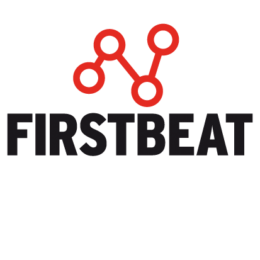
Ray Maker of DCRainmaker.com took the stage at Firstbeat HRV Summit 2018 to share his thoughts on the future of wearables. He explored what users expect from wearables today, cited how devices aren’t always putting the data they collect to good use, and described the problem of bad studies surrounding wearables.
He also described his vision for the future, encouraging designers to move beyond simply providing actionable feedback towards more predictive guidance.
About DCRainmaker
“DCRainmaker.com got started as a personal blog about 10 years ago, in 2008, and like most personal blogs I wrote about whatever I rode or ran that particular weekend. Then it eventually became [a platform] for sports technology reviews,” Maker said.
“I did a review on a Polar watch, then a Garmin watch, and before I knew it I was writing about all sorts of wearable stuff from cycling to running to swimming, the triathlon realm, and beyond that into wellness and health and all those different areas.”
Maker keeps things fresh, talking about his recent trips, activities, and life. His takes on life and technology bring roughly 4 million unique visitors to his site each month.
Notably, he doesn’t receive compensation from the companies who create the products he reviews. He believes gives him the independence and freedom needed to offer honest feedback.
“I don’t hold back much. I just sort of say it how it is,” he explains.
What is a Wearable?
Rapid growth and short development cycles mean the constitution of a successful wearable varies from one year to the next. Major breakthroughs soon become standard features, and things that were once limited to flagship devices soon trickle down to everyone.
“Activity tracking is now baseline,” Maker says. “4-5 years ago you could buy a digital watch and not have activity tracking in it. Today, if you went to a Best Buy in the US, you can’t buy a device that doesn’t have activity tracking in it. The same way you can’t buy a watch that doesn’t have sleep tracking that connects to your phone. These are all baselines that weren’t there a few years ago.”
“Optical heart rate is now baseline for any device that you buy, over a hundred bucks, in this wearable device segment. Smartphone notifications also considered baseline.”
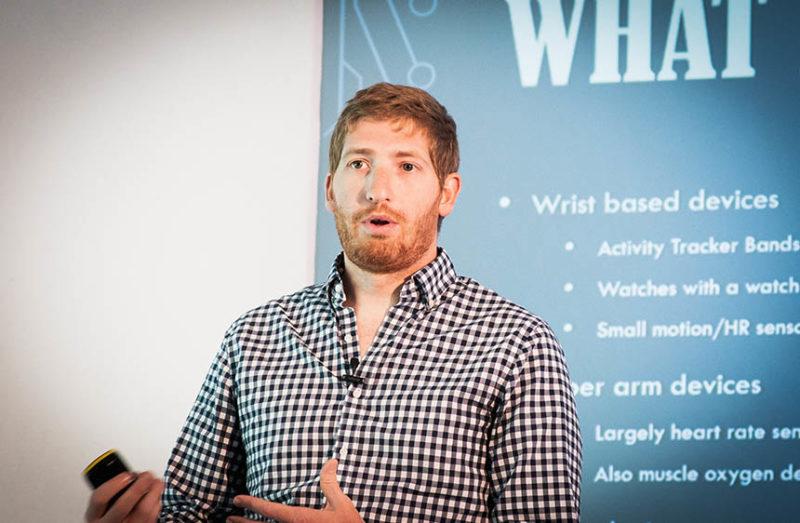
“Same with basic platform integration. A couple years ago you used to have silos, where every vendor had their own platform that didn’t work with every other vendor. Now, consumers expect [integration]. If your platform doesn’t work with MyFitnessPal, or some other platform that they use, then it’s completely dead in the water to begin with.”
“This is really cool, because we are getting to the point where the user’s data comes first. When user data comes first, they can start to do interesting things with it, as opposed to when it’s locked inside silos it’s hard to use. It’s not just hard for consumers, it’s hard for the medical field, for sports scientists, and those in other areas to make sense of data that is too proprietary to do anything with.”
Maker notes that music storage and playback is becoming a norm for devices in the $200-250 range. The same goes for contactless payment capabilities.
“Recovery metrics, those sorts of things, the day-to-day, the health metrics you’re seeing those modules are valuable to everyday consumers who aren’t trying to run a marathon,” he says. “[People] want to have some sort of day-to-day data that’s actually provable.”
Trends in 2018 – Not Taking Advantage of Data Already Collected.
One trend Maker hopes for is brands taking better advantage of data their devices are already collecting. “There are still some legit issues in 2018 in terms of wearables. First of all, the data is too confusing. There is so much data being collected, but so little is being used.”
To illustrate his point, Maker uses a picture he’d taken during lunch of the new Fitbit Versa watch he’d been testing. On the device’s display, a message read, “Are you feeling well, rested, or a bit sleepy? Compare this to your sleep stats in the Fitbit app.”
“Why is Fitbit asking me that?,” he challenges.
“It knows how well I’m rested. I knows that I slept 4 hours and 25 minutes last night. It knows that I went to the airport at 6:00 a.m. this morning to catch a flight here. It knows on my schedule that I’m going back tonight at 7:00 p.m. and I’ll finally get home around 10:00 at night.”
“Why is it asking me if I’m well rested? Of course I’m not well rested.”
Maker was quick to clarify that he’s not specifically “making fun of Fitbit,” noting others in the industry are “just as bad.” He uses the experience an example to to reveal the degree to which wearables aren’t taking advantage of data that they already have.
He hopes this will change.
To become more compelling to users, Maker believes that developers will need to provide more feedback in the form of “Hey, you’re tired. Go for a walk.” or “Hey, you’re tired, go take a nap.” That’s where wearables need to get to become more compelling to users.
The ‘Bad Study Problem’
With a number of academics in the room at Firstbeat HRV Summit 2018, Maker took the opportunity to address the number of bad studies plaguing the wearables industry.
“One of the challenges I see in studies that focus on wearables is how poorly they are done, consistently, over and over and over again. In particular, you’ll see studies that do this [pointing to a picture of multiple devices being worn at the same time].”
“If you see a picture from a study in the mainstream media that shows this, here, that is a bad study.”
“The reason that’s bad is for a bunch of reasons, for one, this impacts steps. When you wear these watches like this, they bounce together, logically. All these watches are accelerometer based, when they do that, they count extra steps.”
“When you count extra steps, you get extra distance, therefore all your data on steps and distance is skewed. Also, when it comes to heart rate, when you do this, you constrict blood there [pointing to the device higher on the wrist] so the next one doesn’t get the correct readings.”
“Why does that matter? When you constrict blood, you reduce the heart rate readings on these, when you reduce your heart rate readings, you reduce your calories. You also impact stress and all the metrics you look at at the end of the day.”
“When I see studies that start to look at these metrics and conclude that they are all wrong, well, of course they are wrong. You used these devices the wrong way.”
For a deeper look at the ‘bad study problem,’ you can read Thoughts on Wearable Studies (including the Stanford Wearables Study) on DCRainmaker.com.
Coaching Is the ‘New Thing to Do’
Over the past couple years, acquisition and platform consolidation have been dominant trends. Maker notes this trend is coming to an end, largely because many of the key acquisitions have already taken place.
“Coaching is the new thing to do. Two years ago buying a fitness platform was the sexy thing to do. Now it is coaching. Everybody wants to have a coaching product.”
The opportunity for coaching, he explains,“isn’t just about sports stuff but also your life. You should be eating this, sleeping like this. It’s all these things combined together and bringing that into the app.”
Beyond Actionability towards Prescriptive Feedback
“[The] biggest opportunities [in the industry] are making data not just actionable but to provide immediate next steps. Too often companies will say, ‘we have actionable things for something,’ but actionable still requires the user to know what to do next.”
“You want to get to the point where you make it obvious, where you say, ‘this is the one thing you should do next,’ not here’s 5 things you could do… here are your choices, just give them one thing.”
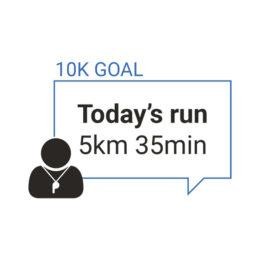
“Keep in mind that the people running a Couch to 5k program are really no different from Olympians. They are both trying to get data out of these devices. In the case of Olympians, they are probably getting that data from a coach, but they’re still getting guidance, getting that data somehow. In the case of someone doing Couch to 5K, they are entirely reliant on their watch and the data that’s coming from it.”
Good Advice for Everyone
In closing, Maker offered some sage advice, no doubt gleaned from the tens of thousands of comments left by his sites millions of monthly visitors.
“If you’re in the hardware business, the software business, the platform business, just make cool s***. It appeals to everyone and it does the job, and I promise you that if you make cool s***, everything else will fall in line.”
If you liked this article, you should subscribe to our mailing list
You might also be interested in
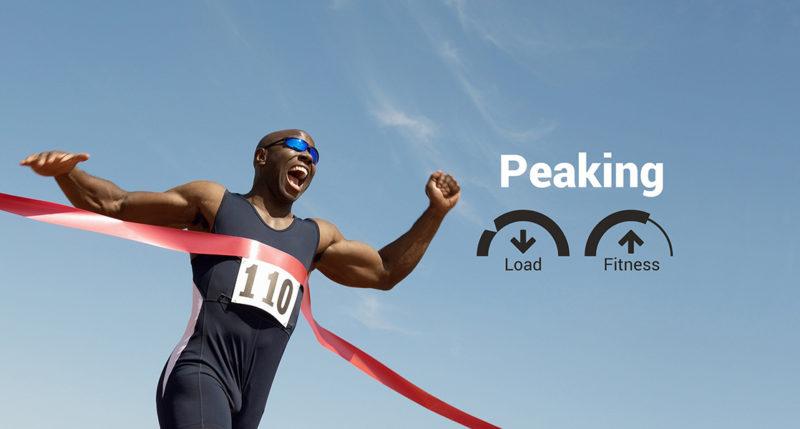
How to Peak at the Right Time? Training Status Helps You to Get into the Best Shape of Your Life
You can’t have the same fitness all year round, at least not if you want to get the most out of your performance. Firstbeat Training Status helps you to optimize your workout and peak at right time.
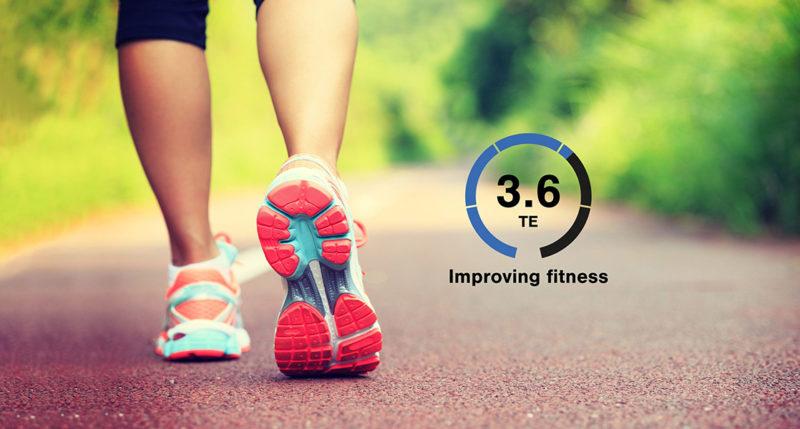
The Bigger the Training Effect, the Better?
You need to push your limits to improve your VO2max and get Aerobic Training Effect of 3.0-5.0. However, exercise can be very useful, although your TE value isn’t that high. The variation is the key to success.
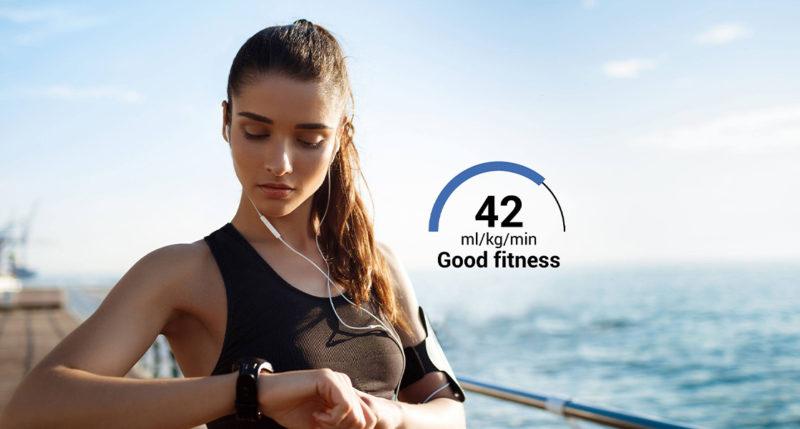
Answering the Fitness Question with Science
When it comes to your health and fitness, it’s easy to ask the wrong questions. “Am I fit?” is one of these questions that just creates problems. Thinking about your fitness in terms of VO2max is the easiest way to get started.
